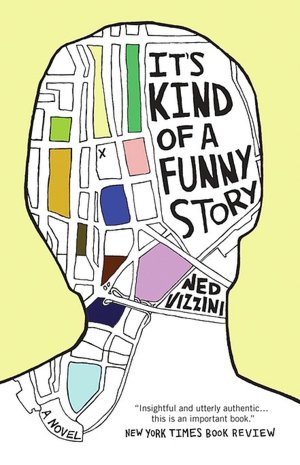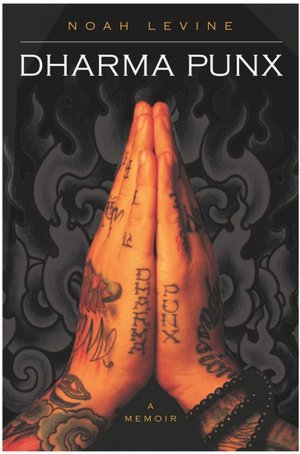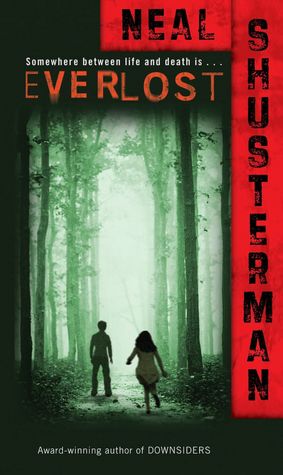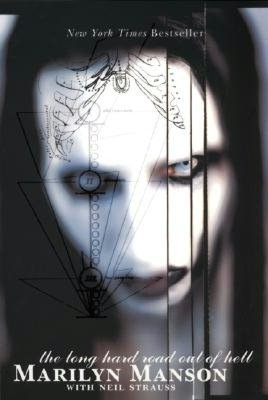Audience: High School, 15+
Genre: Young Adult Fiction, Teen Contemporary Literature
Topics of Focus: Mental Illness, Teenage Depression, Coming of Age
Red Flags: Teen Sexuality, Alcohol Use, Drug Use
Are you a pot smoking, greasy-headed, hormonal, depressed teenager? Well if you are, then this is probably the book for you. Although simply written, the author truly captures the young adolescent mind and the taboo characters within a mental hospital, to make it an honest comparable novel. The author, Ned Vizzini, spent a few weeks in a mental hospital himself, conducting the perfect research for this heart-warming, yet miserably- truthful, story.
The whole book revolves around a 16-year-old boy named Craig, who has many big problems. You know, like how his best friend is dating the girl of his dreams, or how he smokes too much weed, or maybe even how he has a B average at a very academically difficult school. Because of Craig’s issues, his mind gets wrapped into the thought basis of depression. After days of wanting to kill himself, he decides that he just might go through with it. But, when he gets to the bridge where he’s about to take the leap of faith, his mind stops. No, he doesn’t want to die; he just wants help, and somehow he ends up at a mental hospital in New York City. The story continues to go on, introducing absurdly weird characters from the hospital, including a young girl his age, who he seamlessly falls in love with because of her deep views on the world. Being a teenager is definitely hard in its own strange way, and this novel presents it through a laugh-out-loud, accurate tale.
Although you don’t need to be an absolute genius to read this book, you may have to acquire some sensitivity towards young depression, and possibly what the boy-mind thinks about; sex. It’s a great book to gift to an adolescent attempting to get rid of their fears and desiring some comparable connection.
Annotation by Biz Anderson









